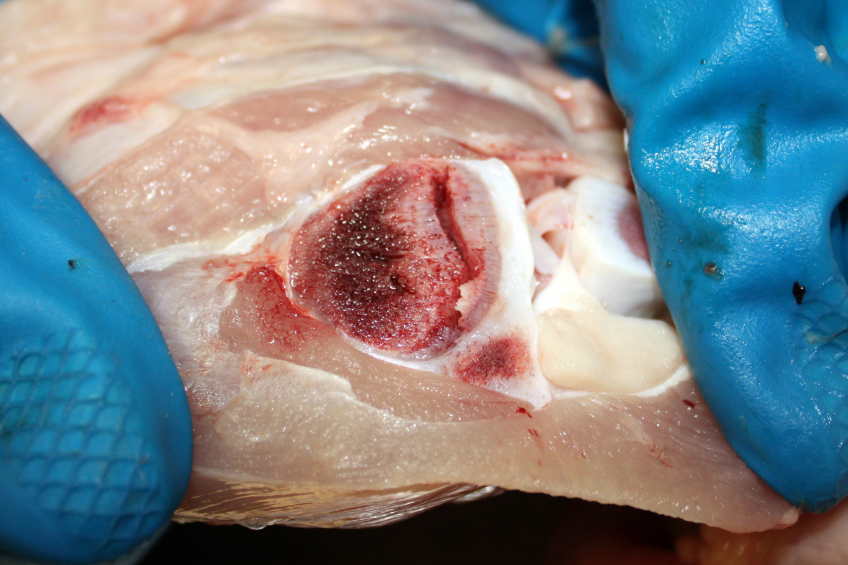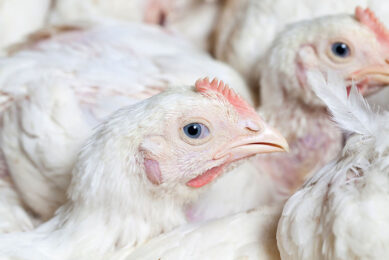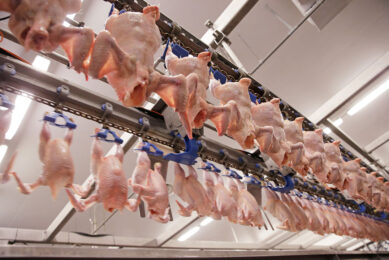Insight into poultry carcass lesions

The objective of poultry abattoirs is to produce saleable chicken carcasses, meat and products that carry no health hazards for poultry, animals and humans. In practice, however, lesions regularly occur on broiler carcasses. Dr Wim Tondeur has developed a visual guide to identify lesions. He shares his insights into the most common issues that arise on the slaughter line and how to deal with them correctly.
A total of 47 abattoirs in 12 European and African countries were evaluated over the course of 4 years. The aim of Dr Tondeur of Tondeur Veterinary Training Consultancy and Advice, who joined forces with Zinpro Animal Nutrition Inc., was to identify and describe lesions in broiler carcasses in a visual guide.

Dr Wim Tondeur (65)
Dr Tondeur is a poultry veterinary consultant and trainer. He studied at the Veterinary Faculty at the University of Utrecht; a veterinary practitioner for five years in a large animal practice; senior trainer and veterinarian at Barneveld College in the Netherlands, training coordinator for meat inspectors and official veterinarians; chief technical advisor at the joint Dutch-Vietnamese training and research centre near HCMC; and an independent trainer, consultant and advisor for 14 years.
Costs
Dr Tondeur knows that the frequent occurrence of abnormalities is problematic for abattoirs. Structural problems may raise costs when, say, extra labour has to be hired to trim carcasses. They may decrease the sales revenue due to the increased proportion of downgraded carcasses and chicken parts. And they may even lead to the loss of a contract.
“Supermarkets often refuse a carcass or chicken fillet with blood splash or other important visual signs because the consumer passes it by and because cut up chicken is often a great deal cheaper than a complete carcass. A chicken that is cut up because chicken parts are not usable is worth less than a whole carcass. “Lesions can be very costly. I have been involved with abattoirs that used to hire up to eleven extra employees to remove all blood splashes. And then there are the costs of the abattoir’s reputation being damaged when serious problems end up in the media.”
Dr Tondeur also looks at the areas of:
- Systems
- Bleeding
- Skin lesions
- Muscle lesions
- Skeleton lesions
You can read this article in full on our digital magazine – World Poultry vol 32 nr 5 click here

















